It’s Halloween and terrifying things abound – particularly at garden centers. Below you’ll find a pictorial approach to four frightful follies. Enjoy – and keep your garden safe!
Scary soaps. No. Not on your soil to aerate it. Not on your plants as part of some homemade devil’s brew. Soap stays in your house.

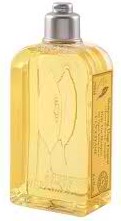
Petrifying phosphate. Not for flowers. Definitely not for transplanting. No matter how friendly and natural they look on the shelf, they are death to mycorrhizae and any aquatic system they wash into.
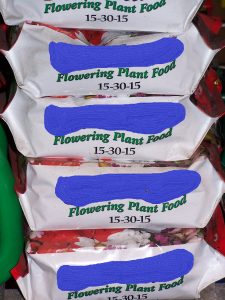
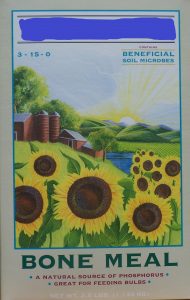
Murderous mulches. No cardboard. No plastic. And definitely no astroturf. The word “smother” does not conjure up a pretty picture for living soils.
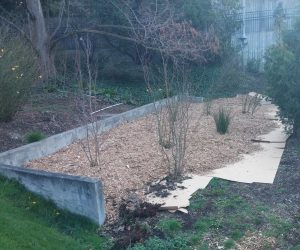
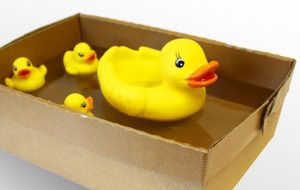
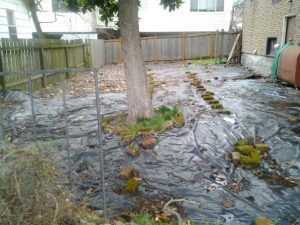
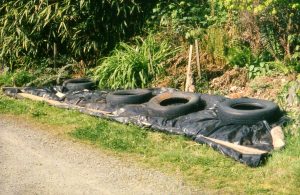
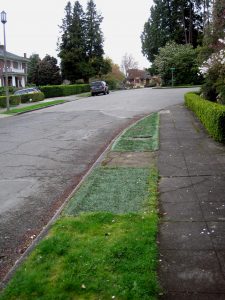
Zany zombies. These useless products live on in their science-free environments. Just…go…away.
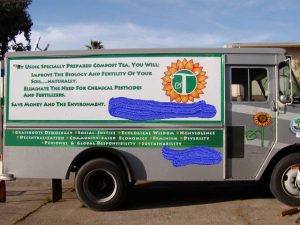
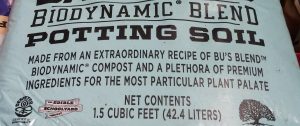
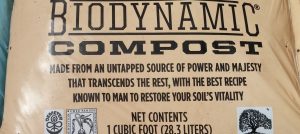
You can find posts on these products by using the “search” box on the left hand menu. Or you can consult your Ouija board using this handy mulch planchette.
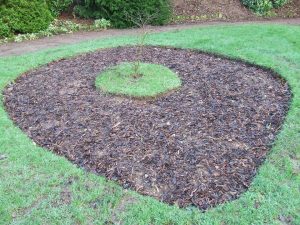
“Cardboard’s so resistent to water you can make ponds out of it!” Most cardboard is not treated, as is the cardboard in the image. Therefore, most cardboard is not resistant (spelled with an “a”) to water.
It soaks right through.
You’re incorrect. Most cardboard – actual corrugated cardboard – is treated with coatings like polyethylene to resist water, or resins are added to the adhesives. This has come up before. We also have published research that demonstrates cardboard’s relative resistance to gas exchange. If gas doesn’t cross through easily, water certainly will not. If you’d like to link a scientific publication that shows “it soaks right through” we can send it to Amazon who I’m sure will make immediate changes to their apparently non weather-proof shipping materials.
I’m quite late to the party, but I just wanted to chime in for anyone else looking into this.
All the industry data I could find indicates that the vast majority of corrugated boxes—especially standard brown shipping boxes—are made with uncoated kraft linerboard and starch-based adhesives. Coated or wax-treated boxes are used primarily for refrigerated or wet-product applications and account for a minority (~5–7%) of total production.
That picture also aligns with the very high U.S. recovery/recycling rates for corrugated cardboard. In other words, most standard shipping boxes are uncoated kraft linerboard bonded with starch-based adhesive, not PE-laminated or wax-impregnated.
I agree with Dr. Chalker-Scott’s broader point about permeability: any continuous sheet layer (coated or not) restricts gas and water exchange compared with coarse wood chips. My only aim here is to keep the materials picture precise so readers can make well-informed decisions. Thanks again for the discussion and your work translating research for the field!
Hi –
I don’t think that the cardboard industry is going to be very forthcoming about what they use to make their corrugated product. I do know that more recent research shows that corrugated cardboard is full of chemicals most of us don’t want in our gardens or our bodies. That article is mentioned in a more recent post.